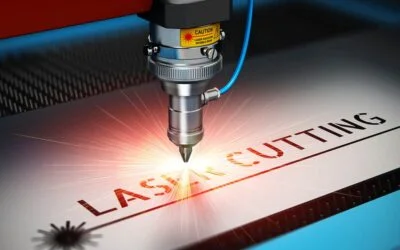Patrons & Friends
Tasman Laser Cutting


Tasman Engraving & Trophy Centre
Tony is the master of the laser CNC. Cutting the drone frames and other vital componants.
In today’s rapidly evolving technological landscape, laser cutters have emerged as indispensable tools for a wide range of industries and hobbyists alike. Offering unparalleled precision and versatility, these machines have revolutionized the way we approach cutting and engraving tasks across various materials. In this article, we delve into the diverse options available in the realm of laser cutters and explore their capabilities, applications, and considerations for making an informed choice.
Understanding Laser Cutter Types:
Laser cutters come in several types, each with its unique features and functionalities tailored to specific needs. The primary distinctions among laser cutters lie in their laser source and mode of operation. Here are some common types:
CO2 Laser Cutters: Utilizing a high-powered CO2 laser tube, these cutters are renowned for their ability to cut through a wide array of materials, including wood, acrylic, fabric, and leather. CO2 laser cutters are popular in signage, prototyping, and small-scale production due to their affordability and versatility.
Fiber Laser Cutters: Employing a fiber laser source, these cutters excel in precision cutting of metals, such as stainless steel, aluminum, and brass. Fiber laser cutters are prized for their speed, accuracy, and ability to handle reflective materials, making them indispensable in industries like automotive, aerospace, and jewelry manufacturing.
Diode Laser Cutters: Compact and efficient, diode laser cutters are ideal for engraving and cutting thin materials like paper, cardboard, and certain plastics. While not as powerful as CO2 or fiber lasers, diode lasers are suitable for hobbyists, educational institutions, and small-scale businesses seeking affordable and user-friendly options.
Capabilities and Applications:
The versatility of laser cutters extends far beyond traditional cutting and engraving tasks. With advanced features and software integration, these machines offer limitless possibilities for creativity and innovation. Here are some notable capabilities and applications:
Precision Cutting: Laser cutters deliver precise, intricate cuts with minimal material wastage, making them indispensable for manufacturing intricate components, architectural models, and custom signage.
Engraving and Marking: Whether it’s adding logos, serial numbers, or decorative patterns, laser engraving enables precise and permanent marking on various materials, including metals, glass, and ceramics.
Prototyping and Rapid Manufacturing: Laser cutters facilitate rapid prototyping and on-demand manufacturing of prototypes, architectural models, and custom parts, allowing designers and engineers to iterate quickly and bring their ideas to life.
Personalization and Customization: From personalized gifts and promotional items to bespoke jewelry and home decor, laser cutters empower businesses and individuals to offer unique, customizable products tailored to specific preferences and requirements.
Considerations for Choosing the Right Laser Cutter:
When selecting a laser cutter, several factors should be taken into account to ensure optimal performance and suitability for your needs:
Material Compatibility: Consider the types of materials you intend to work with and ensure that the laser cutter’s specifications align with your requirements for cutting and engraving thickness and compatibility.
Workspace Size: Evaluate the size of your workspace and the dimensions of the materials you’ll be working with to choose a laser cutter with an appropriate bed size and overall footprint.
Power and Speed: Determine the desired cutting and engraving speed, as well as the power output required for your applications, keeping in mind factors such as material thickness and processing efficiency.
Software and Compatibility: Assess the compatibility of the laser cutter with design software and file formats commonly used in your industry or workflow to streamline the design-to-production process.
Laser cutters represent a transformative technology that unlocks endless possibilities for precision cutting, engraving, and customization across diverse materials and industries. By understanding the various options available and considering key factors in selecting the right laser cutter for your needs, you can harness the full potential of this versatile tool to drive innovation and creativity in your projects.
